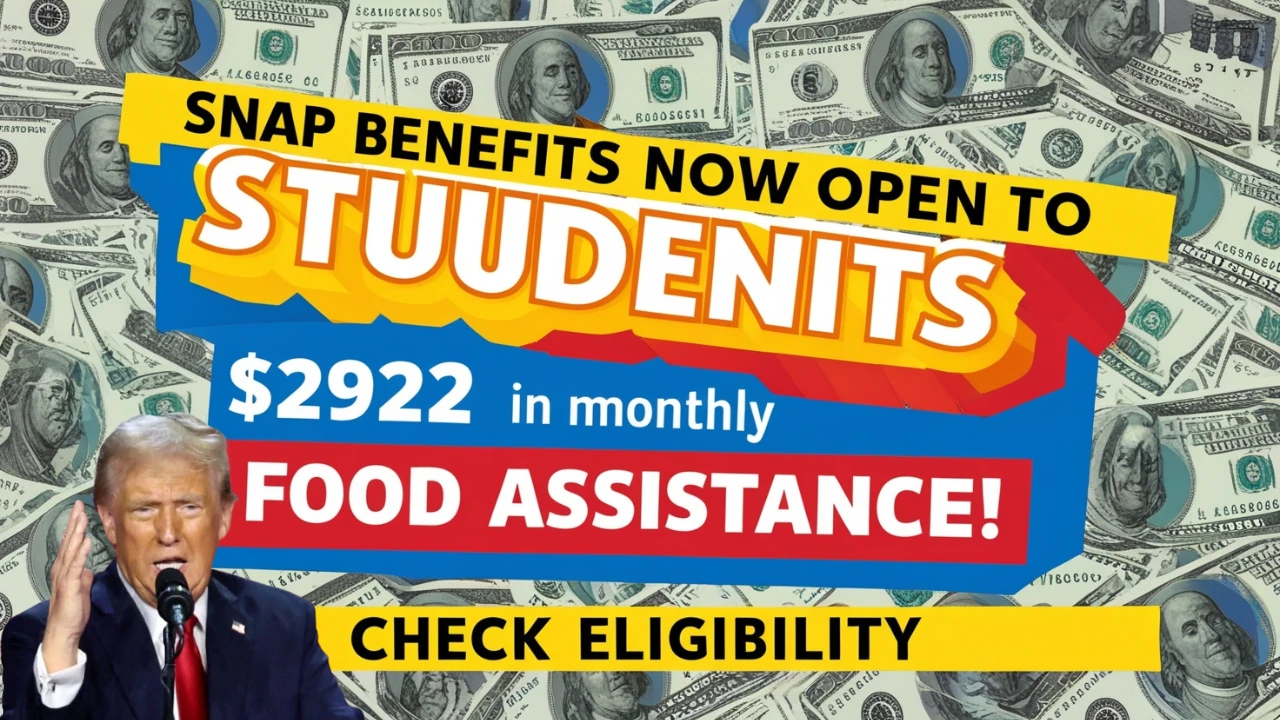The Supplemental Nutrition Assistance Program (SNAP), previously known as food stamps, is a government program designed to support low-income individuals and families with monthly food assistance. Recent updates to the program now make more college students eligible for this aid, with some students potentially receiving as much as $292 per month for groceries. For many students balancing tuition, rent, and other expenses, SNAP can provide essential relief.
According to research from Temple University’s HOPE Center, food insecurity impacts nearly 39% of college students in the United States. Understanding how to access SNAP benefits is key to helping students focus on their education without the stress of worrying about where their next meal will come from.
What Are SNAP Benefits?
SNAP is a federal program aimed at combating hunger by providing financial assistance for purchasing nutritious food. The benefits are issued monthly through an Electronic Benefits Transfer (EBT) card, which works like a debit card and can be used at grocery stores, farmers’ markets, and select online retailers like Amazon and Walmart.
How SNAP Benefits Can Help College Students
For college students, receiving SNAP benefits means:
- Access to healthier food without the financial strain.
- Reduced reliance on food pantries or skipping meals.
- The peace of mind to focus on academics, free from constant food insecurity concerns.
Who Is Eligible for Up to $292 in Monthly SNAP Benefits?
To determine if you qualify for SNAP, you need to meet certain criteria based on your income, household size, and other factors. There are also some specific exemptions for students.
General SNAP Eligibility
- Income Requirements: Your gross monthly income must be at or below 130% of the federal poverty level. After deductions for housing, childcare, and other allowable expenses, your net income must not exceed 100% of the poverty level. For example, in 2024, a single-person household must earn less than $1,473 per month to qualify.
- Asset Limits: Households without elderly or disabled members can have up to $2,750 in assets. For those with elderly or disabled members, the limit is $4,250.
- Citizenship: You must be a U.S. citizen or meet certain immigration requirements.
Expanded SNAP Eligibility for Students
Previously, college students were subject to strict eligibility rules. However, recent changes—driven by federal COVID-19 relief measures—have temporarily relaxed these restrictions:
- Work-Study Eligibility: If you’re eligible for a federally or state-funded work-study program, you can qualify for SNAP benefits, even if you aren’t currently working.
- $0 Expected Family Contribution (EFC): Students with a $0 EFC on their FAFSA, including those receiving Pell Grants, can now access SNAP benefits. This exemption is also temporary.
How to Apply for SNAP and Get Up to $292 in Monthly Assistance
Applying for SNAP involves several steps. Here’s a helpful guide:
Step 1: Gather Required Documents
You’ll need to provide:
- Proof of identity (e.g., driver’s license or Social Security card).
- Proof of income (e.g., pay stubs, financial aid award letters).
- Proof of enrollment (e.g., student ID, class schedule).
- Exemption proof (e.g., work-study eligibility or FAFSA showing $0 EFC).
Step 2: Find Your Local SNAP Office
Check the USDA SNAP State Directory to locate your local office or visit your state’s SNAP website to begin your application.



